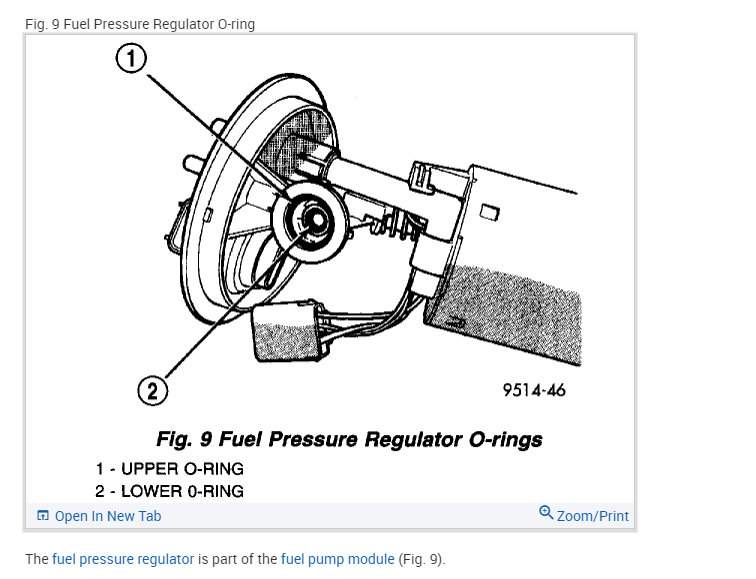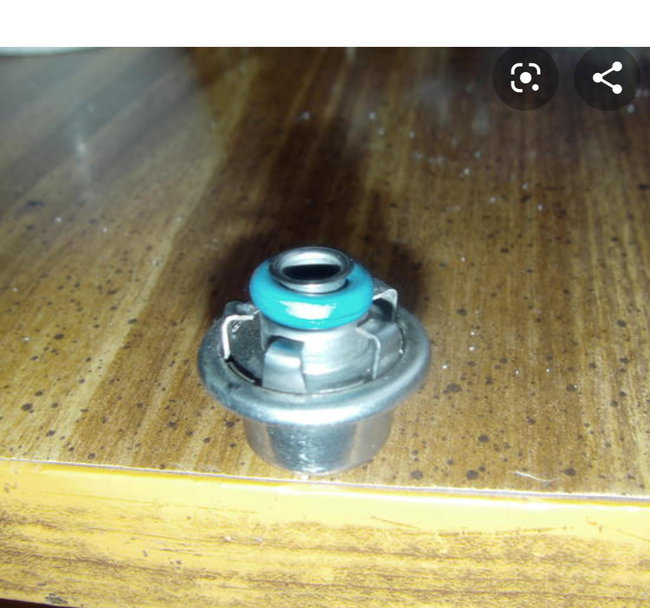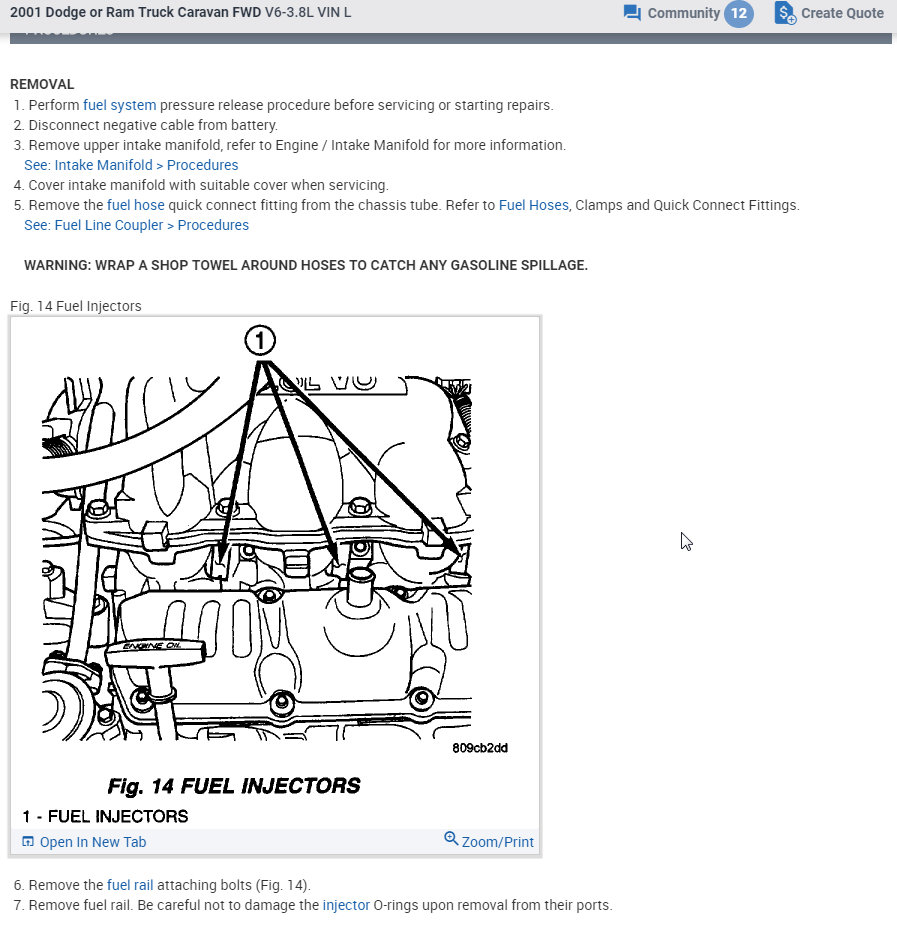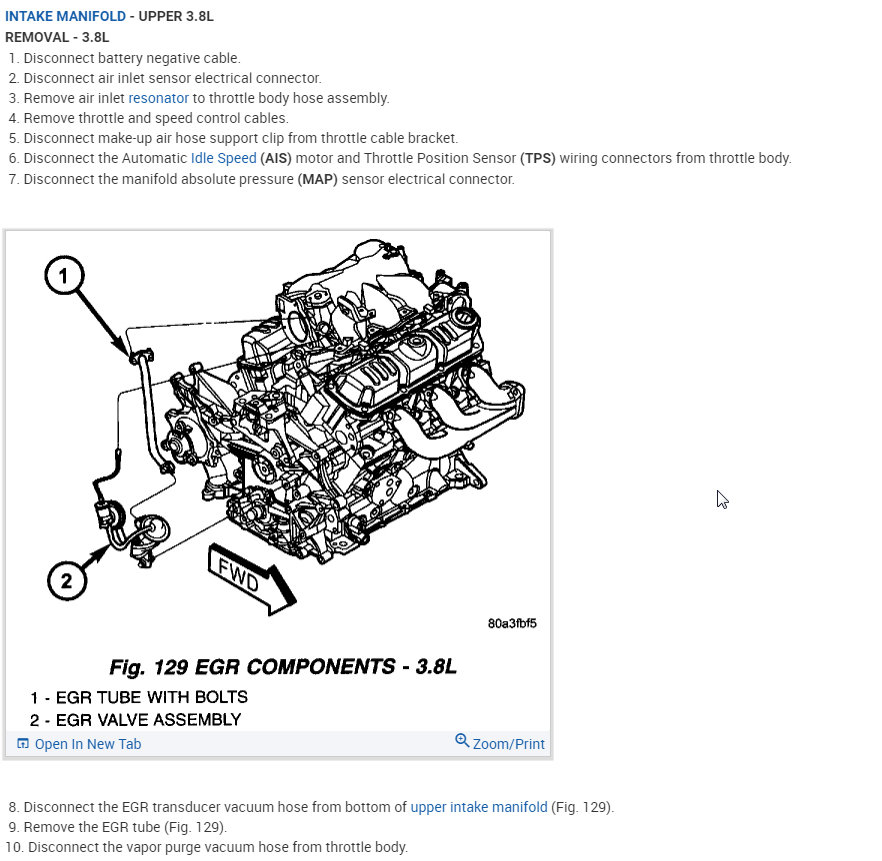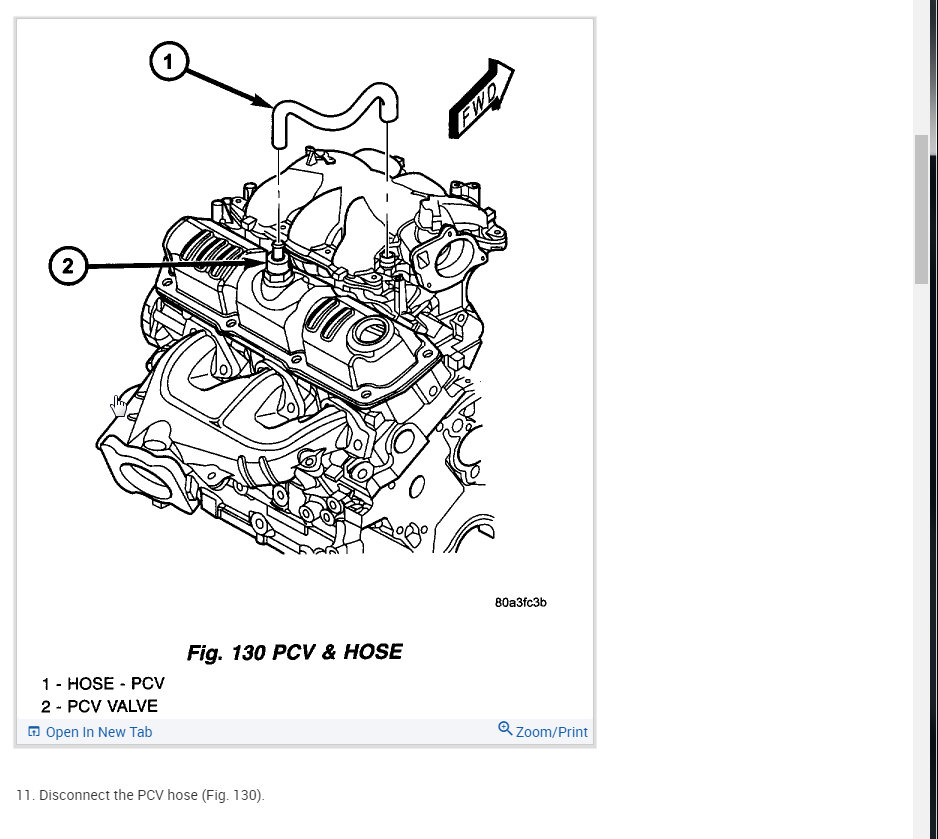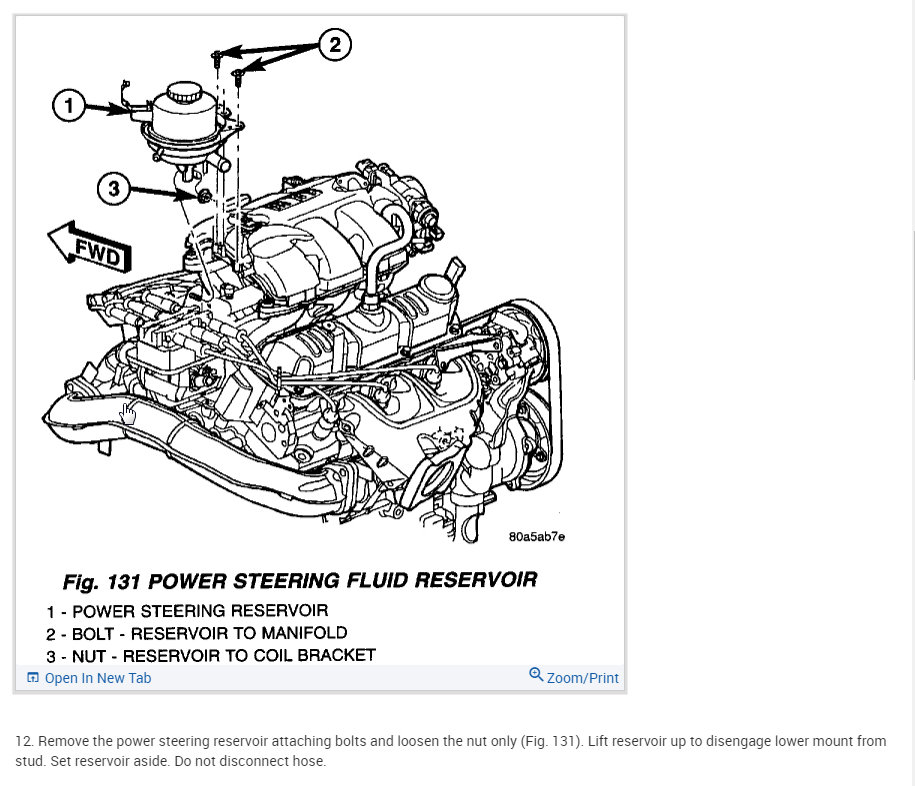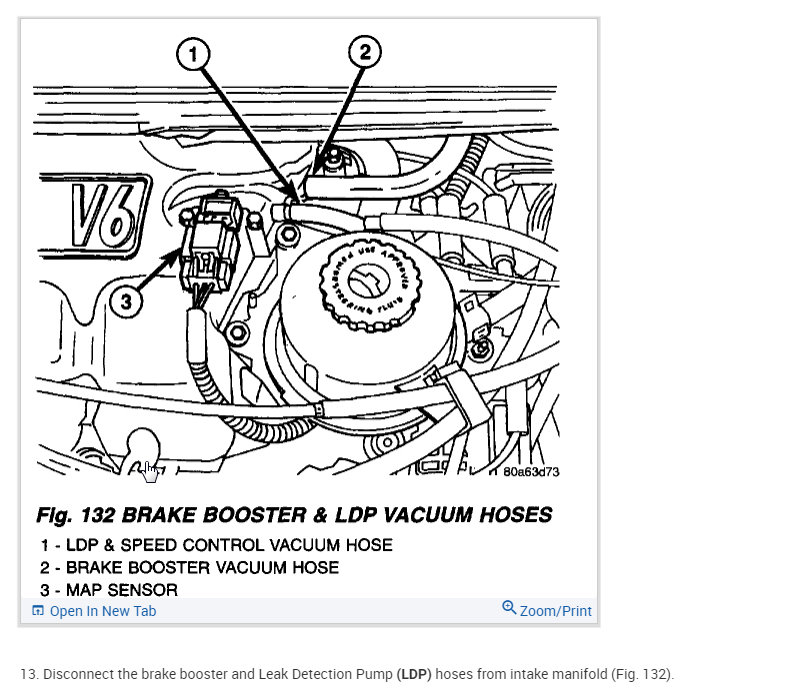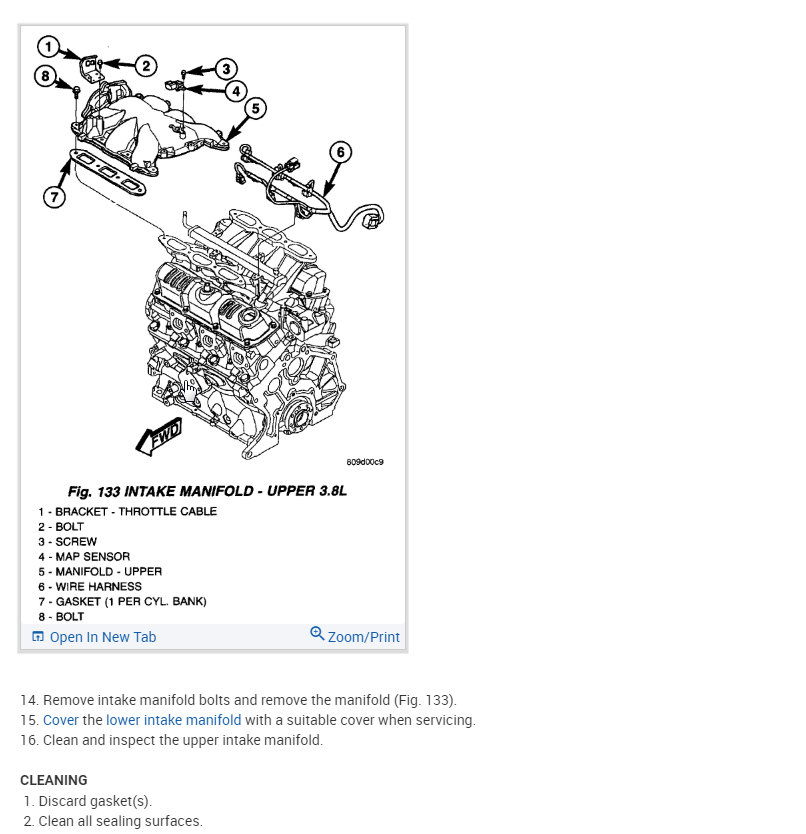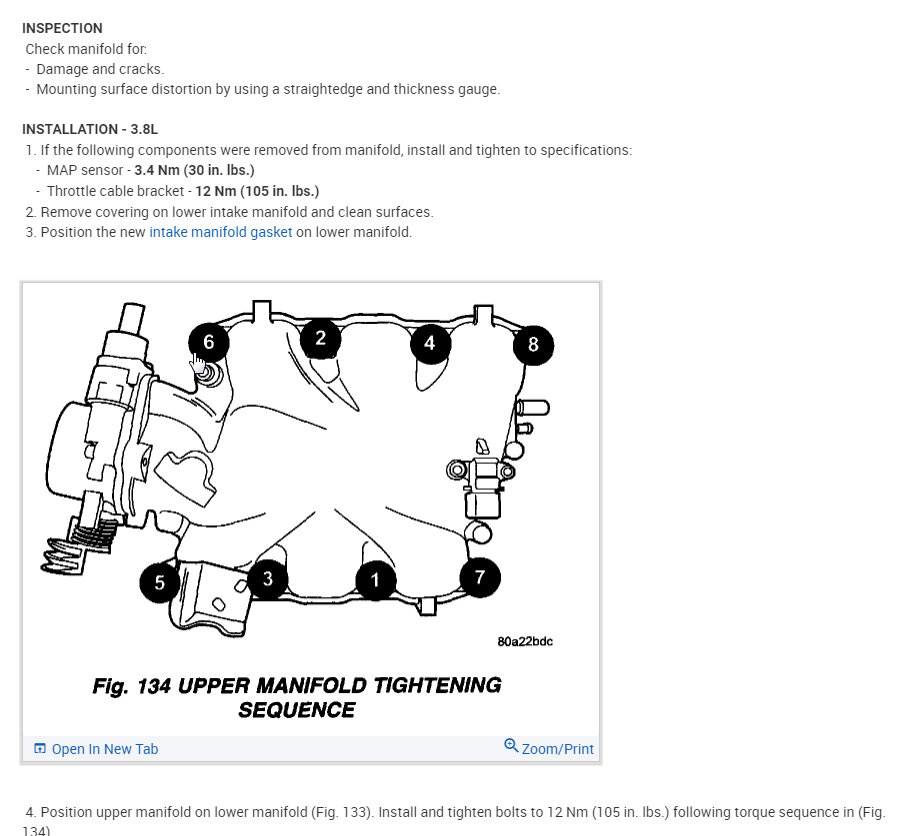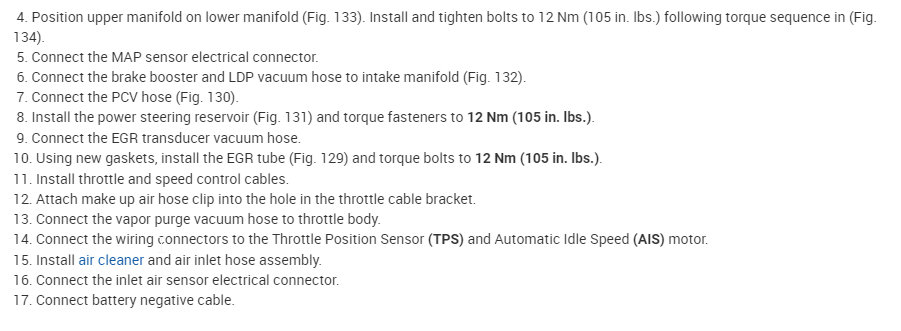My mechanic replaced the charcoal canisters nothing showed up in a smoke test. That fixed the problem for a little while and then the smell came back and that's when I discovered a little cap on the end of my fuel rail that was leaking.
I replaced the o-ring (took two tries to get the right o-ring) And that seemed to fix the problem, for about two weeks.
Now it's leaking again.
I started it up and watched it leak for a minute or two, turned the ignition off, and on a whim open the gas cap. I got a puff of pressure, then I restarted the car and it was no longer leaking out of there.
I checked the fuel pressure relay and fuse both are fine.
So, any ideas as to what is causing this excess pressure? I believe the fuel pressure regulator on this model is located on the fuel pump in the gas tank, which is not something I can work on here in the street in front of my house. I hate to send it to a shop if that is not the solution.
Any insight would be appreciated.
Thursday, August 29th, 2019 AT 5:11 PM
